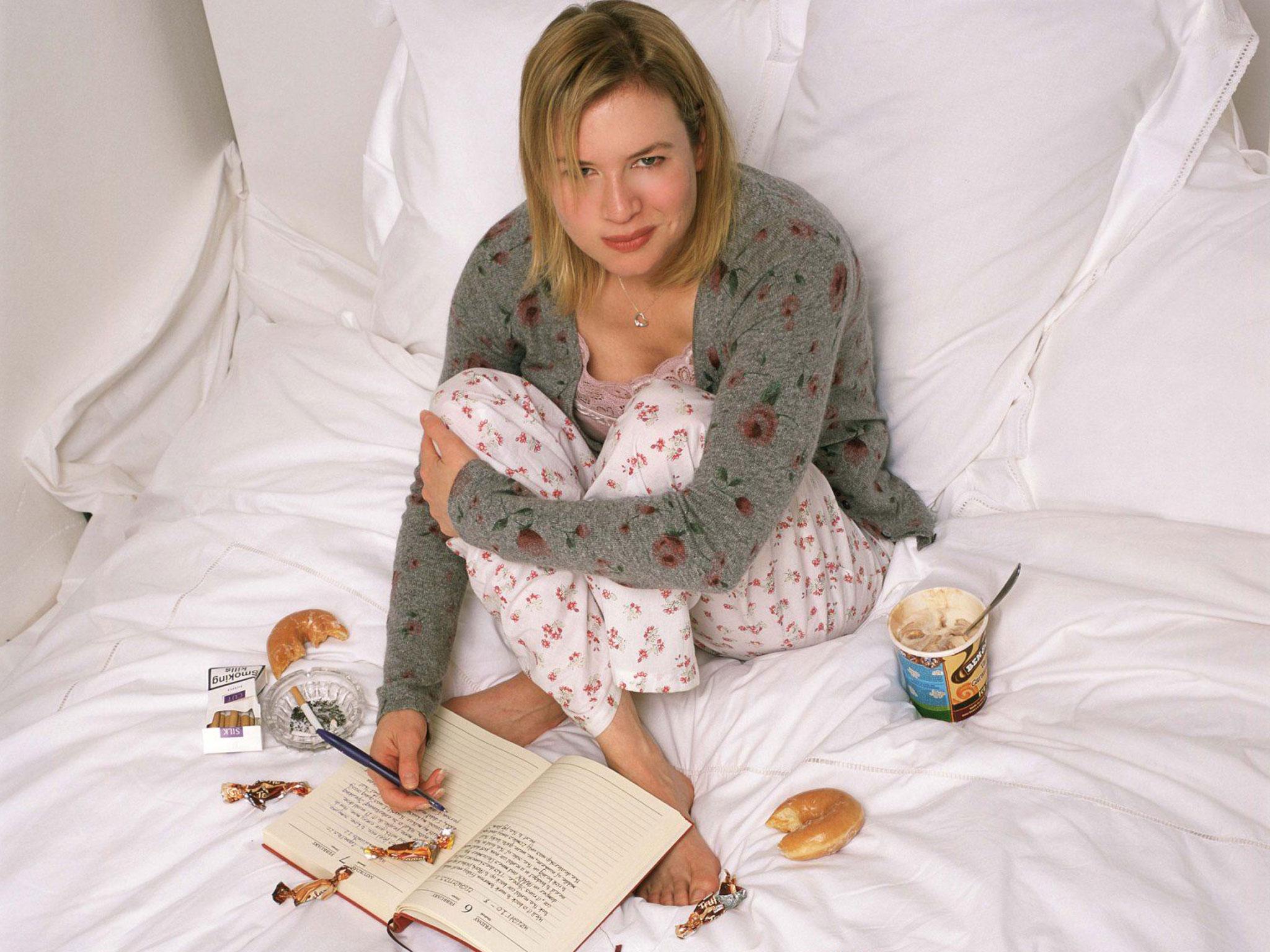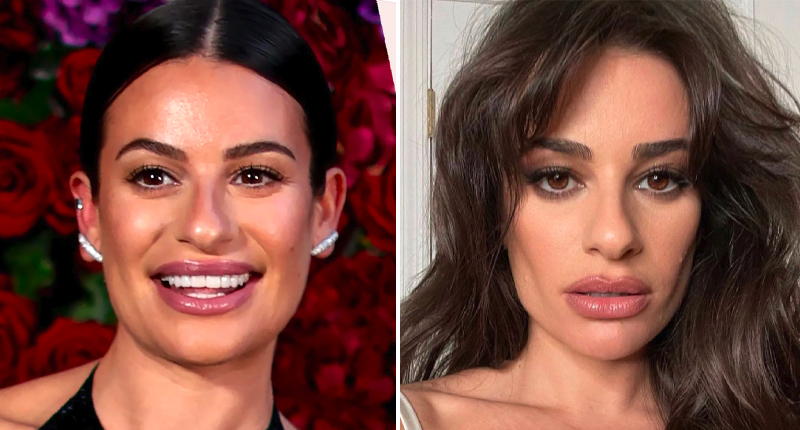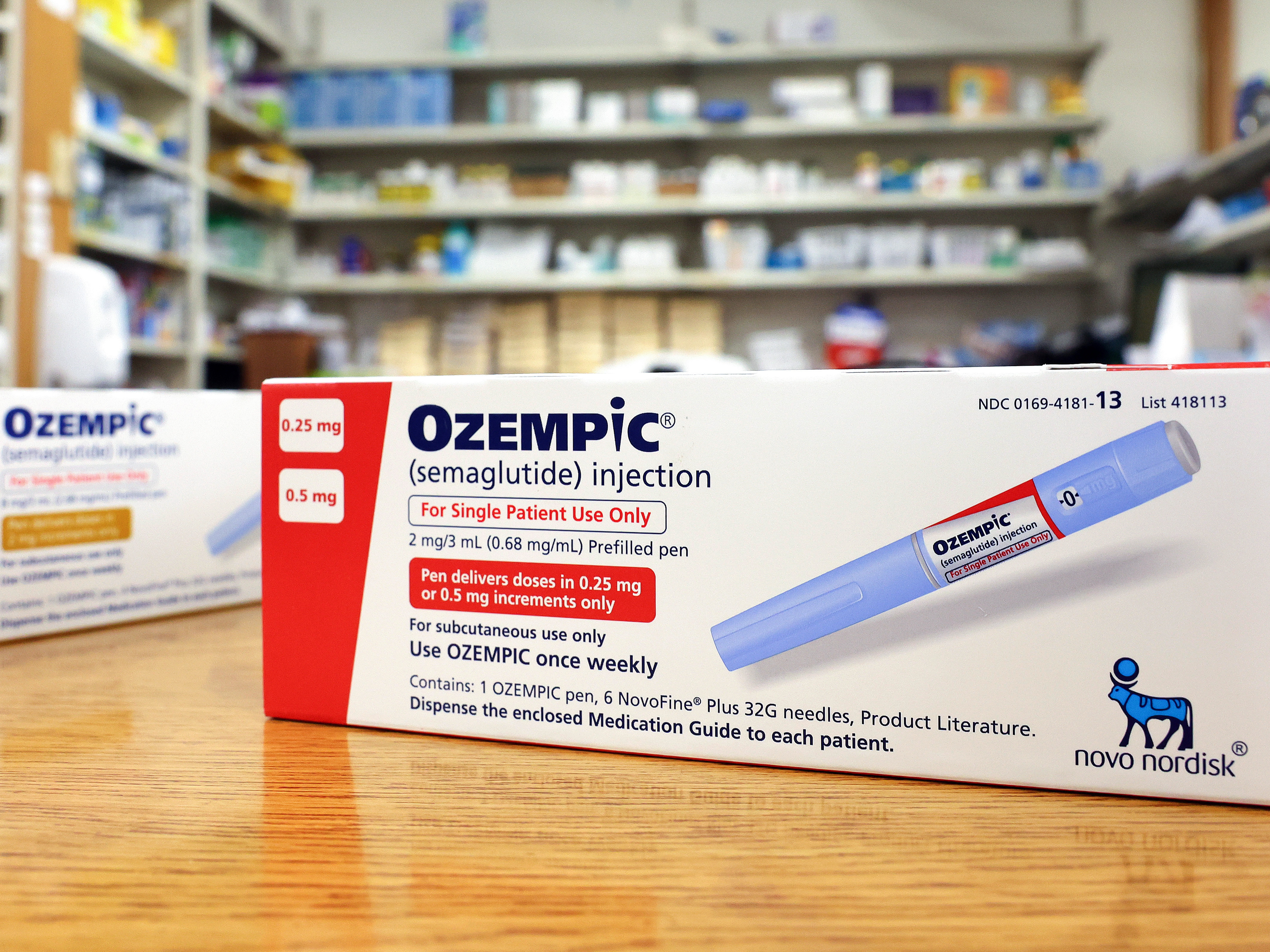Just when we started to accept our bodies for what they are and embrace our natural beauty, with flaws, new trends have emerged that have caused much controversy. This year has witnessed the rise of the Ozempic craze, heroin chic, and buccal fat removal which made lots of women feel the need to undergo surgery to achieve the beauty standards of today. Women cannot take a break from dieting and fitness regimes. After years of trying to get out of the body dysmorphia and feel comfortable in their skin, a new trend pops up and is shoved into our faces, from BBLs to skinny bodies, women cannot keep up with society’s expectations and beauty standards and their failure to do so means that they are lazy and unattractive.
What’s happening today when it comes to beauty standards isn’t something novel. Still, its constant messaging and advertising techniques in the media are bringing another level of anxiety, harm, and depression to women. While yes, men do get body shamed and criticized, it’s not as prevalent as it is for women.
When we look back in history, we’ll see that each decade has its beauty trends when it comes to the female body that women constantly trying to achieve. So in this article, I’ll give a bit of context about beauty trends, media portrayals of plus-sized women, and the agony of feeling like you’re not enough.
First, a quick summary of beauty standards:
From 1910s to 1950
In the 1910s, what was considered a perfect body for women was the Hourglass figure with a cinched waist, in the 1920s was about thin with no curves, in the 30s was a curved body with a slim waist, in the 40s was about having taller, and squarer figure and the 50s were focused on larger hips and fuller bust/
From 1960s to 2010s
Entering the swinging 1960s, the perfect body was Urtla-slim without curves, after that the 1970s perfect body was a slim-hipped, flat-stomached physique, the 80s ideal body type was regarded as tall and slim with an athletic figure, during the '90s, heroin chic idolized an extremely slim body form, angular bones, and pale skin, after that 2000s toned slim body with chiseled washboard abdominals were in vogue and finally 2010s the seemingly unattainable extreme hourglass figure become fashionable.
With this summary given about beauty standards, we can see how each decade offers a new way of thinking about beauty, and the so-called “healthy” body.
Side Note: this by all means isn’t shaming women who have these types of bodies, but instead, we are trying to point out that no matter what body type you have, there will always be someone who tells you that this shape of body isn’t ideal, even though it trended years ago.
After this side note, we move on to the next section, how the media and advertising made content to body shame women and mock their weight.
Women’s Weight in Media:
Whichever decade you’re born in, women have been in a race to attain the perfect body shape, but body dysmorphia has never been so bad as it was in the 2000s. Looking back at movies made in the new millennia, we see a trend of women trying to be as slim as possible, calling themselves fat, ugly, and unattractive. A couple of examples that have helped young women to feel the pressure to be skinny include:
The Devil wears Prada: In the iconic movie, Anne Hathaway’s character, Andy, has an amazing body but each character is always trying to point out that Andy isn’t slim enough like Nigel who shames her for being a size 6, this pressure made Andy refuse to eat the sandwich her boyfriend had given her because she isn’t “skinny” like the other girls in Runway.
Bridget Jones Diary: Bridget Jones Diary movies were a smash hit and yet the constant joke and central focus aside from the main plot was on Bridget's weight and her insecurities. She goes to the gym, counts her calories, and doesn’t see that her body is gorgeous.
Love Actually: this British film classic gave us so many gems and is considered a comfort film to see during the holiday season, however, there’s one storyline about the prime minister David and his assistant, Natalie that aged like milk. In one scene, Natalie spoke to David about how her boyfriend broke up with her because she was getting “fat”
These couple of examples might seem trivial you might say, “These are films, not real life” However, their effect on women’s body image is very real not to mention how the tabloids in the 2000s shamed celebrities for “gaining weight”
In her 2009 VMA performance, Britney Spears was criticized for not being skinny and was made fun of. Jessica Simpson also was called fat for her body - which was healthy btw. All of these things from media like movies, tabloids, and adverts contributed to many women being insecure about their bodies and weight. And just as women start to step back from this shoving of “perfect body image” and with the rise of body positivity, it all crashes and burns with the Ozempic craze, Buccal Fat removal, and the return of heroin chic.
The Resurgence of Unrealistic Body Expectation.
Right now, the Skinny figure is the It body for women, with all these celebrities coming out showing off their brand new bodies and slimmed faces. This trend is about using Ozempic and having the buccal fat from the face removed.
Ozempic?? Buccal fat?? Let me explain.
First, Buccal Fat:
In buccal fat removal, a piece of buccal fat-pad tissue is removed from each side of the face. As a result, cheek puffiness is reduced, creating a sharper jawline.
Some argue that it ages the person a lot more than they appear, stating that our faces lose volume as we age, so preserving our natural fat stores when we are young is crucial; however, people claim that if done right and depending on each person's uniqueness, it may not be so bad.
Second, Ozempic
Ozempic is a drug used to help diabetes patients control their blood sugar. It lowers blood sugar levels and regulates insulin, which is crucial for people with Type 2 diabetes. The drug also mimics glucagon-like peptide-1, a hormone that we naturally produce in our intestines, limiting appetite by signaling that we are full and causing our stomachs to empty more slowly. Therefore, it is beneficial for people with obesity and accompanying health issues.
For a drug that is made to help people with diabetes to live healthy, people are using it to lose weight in an unhealthy way and timeframe, which is a problem and a threat to their health. Unfortunately, a woman has died After taking Ozempic to lose weight for her daughter's wedding after struggling to lose weight through traditional means.
It’s a sad ending that reminds us that the pressure to look a certain way can be deadly.
So now what? How do we address this issue?
For starters, it’s important to address that oftentimes a healthy body doesn’t mean skinny and isn’t related to weight. Each body is different and we shouldn’t change ourselves to fit the standards set by the media and society. Healthy doesn’t mean fat or skinny. Beauty is subjective and is about how you feel and how you look.
To have the perfect body, regardless of your weight, you need to have a healthy lifestyle and a positive mindset. To eat healthy, work out, quit smoking, and sleep early. And most importantly to love yourself and remember that your body is not a reflection of your worth. It’s a simple addition to the treasure that is your kindness and soul.
Enable GingerCannot connect to Ginger Check your internet connection
or reload the browserDisable in this text fieldRephraseRephrase current sentenceEdit in Ginger
Enable GingerCannot connect to Ginger Check your internet connection
or reload the browserDisable in this text fieldRephraseRephrase current sentenceEdit in Ginger
Enable GingerCannot connect to Ginger Check your internet connection
or reload the browserDisable in this text fieldRephraseRephrase current sentenceEdit in Ginger
Enable GingerCannot connect to Ginger Check your internet connection
or reload the browserDisable in this text fieldRephraseRephrase current sentenceEdit in Ginger
Enable GingerCannot connect to Ginger Check your internet connection
or reload the browserDisable in this text fieldRephraseRephrase current sentenceEdit in Ginger
Enable GingerCannot connect to Ginger Check your internet connection
or reload the browserDisable in this text fieldRephraseRephrase current sentenceEdit in Ginger





Comments
Leave a Comment